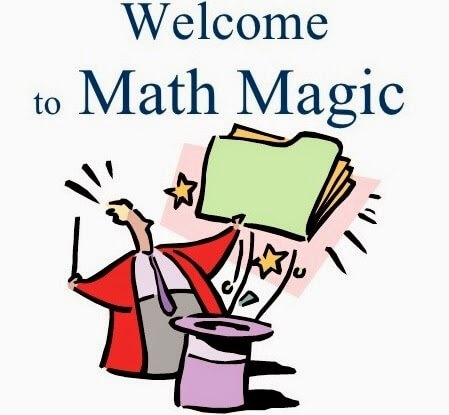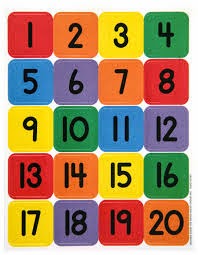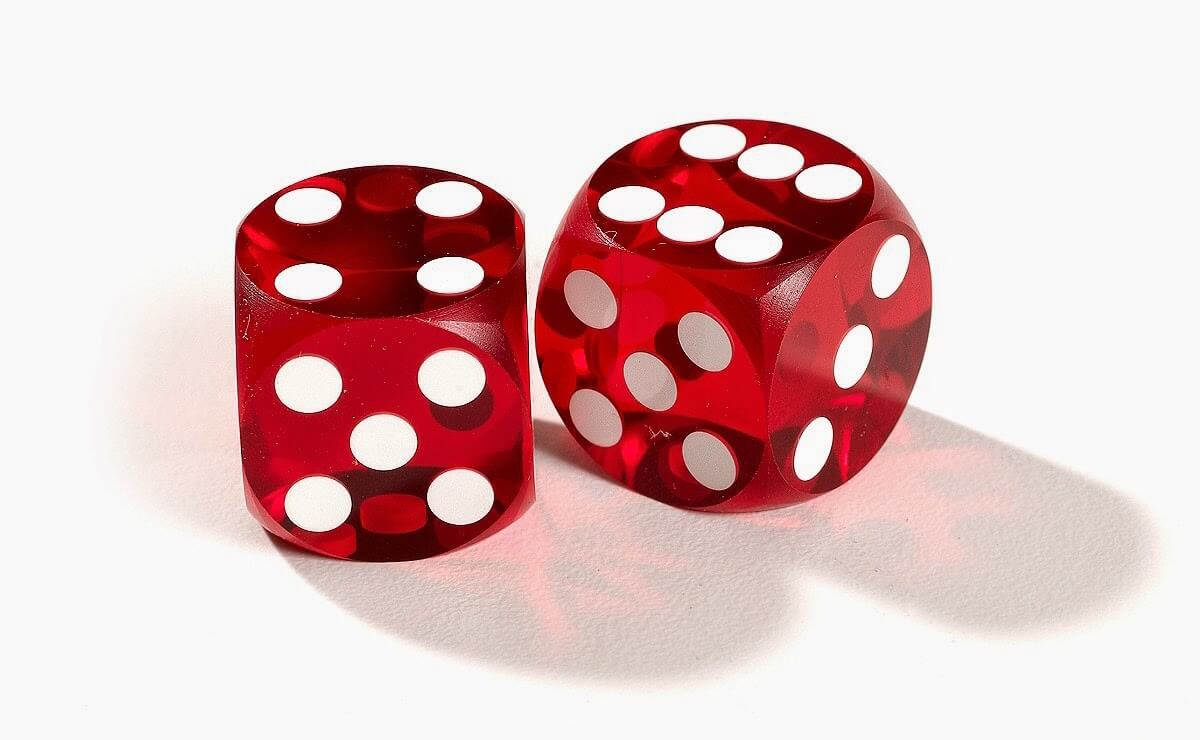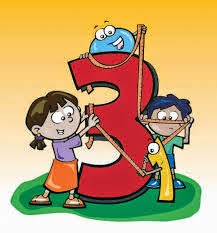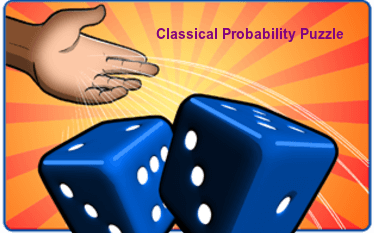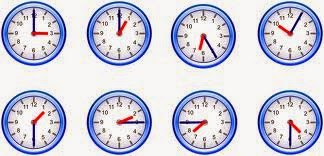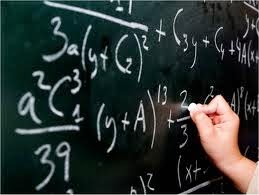You ask your friend to pick a random number and you have to make five guesses in order to find the number. You write all your guessed numbers on a paper and the differences between the guessed number and the picked number is written on another paper.
After that, one number is erased from each of the paper. Now there are only four numbers on each paper:
Guesses: 27, 32, 44, 45
Differences: 5, 7, 10, 13
Can you find out what is the number?
37
The number is 37.
The missing guess can be either 24 or 50 and the missing difference is 8.
